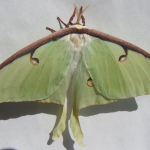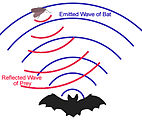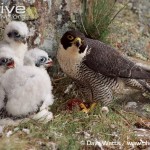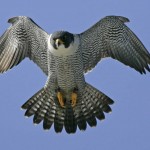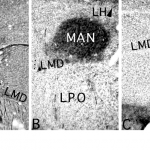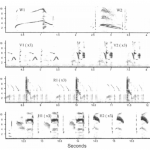This gallery contains 3 photos.
Have you ever wondered what the best way is to get the attention of someone you fancy? Being too subtle could result in that person not noticing you, but being too overt could lead to unwanted attention from other suitors … Continue reading

